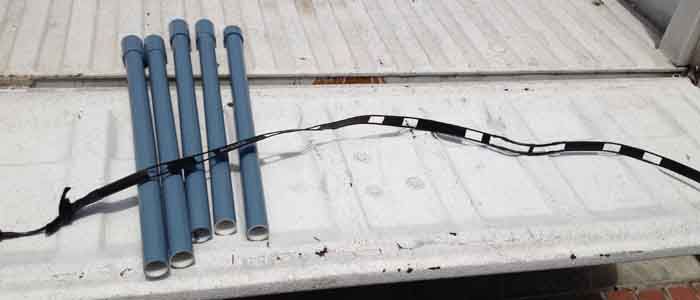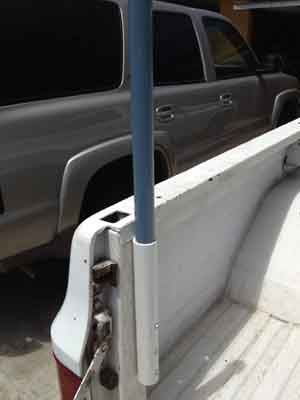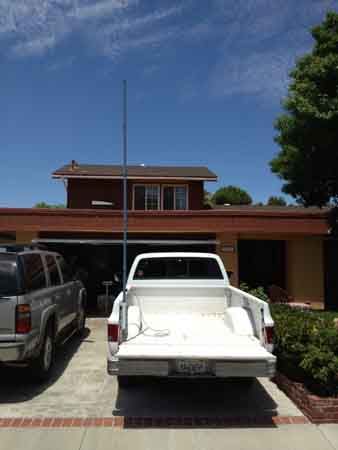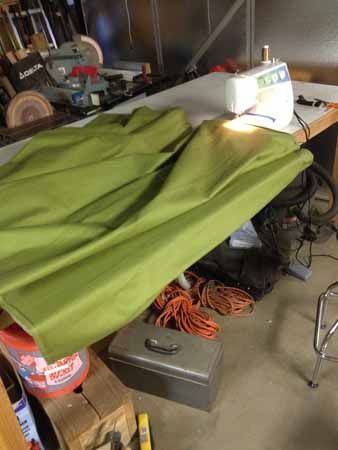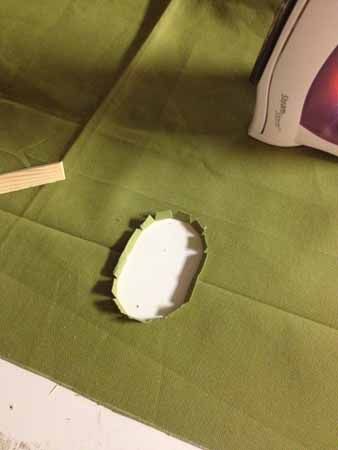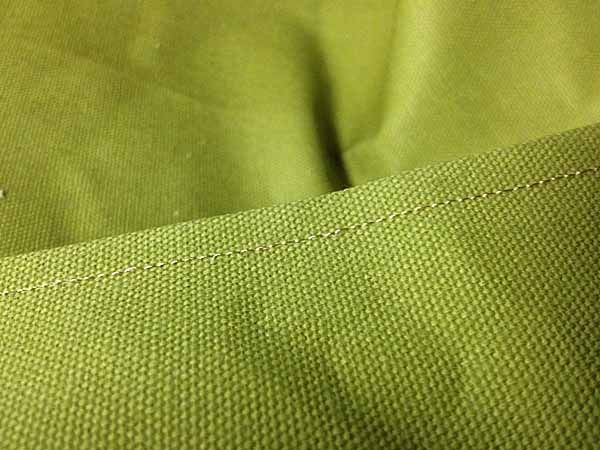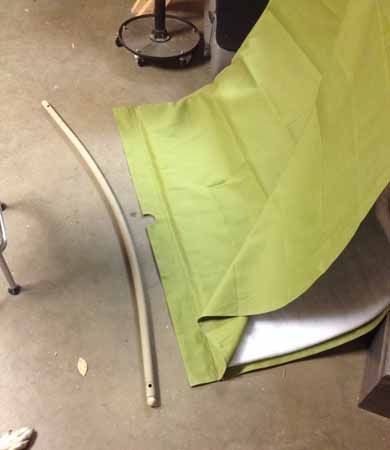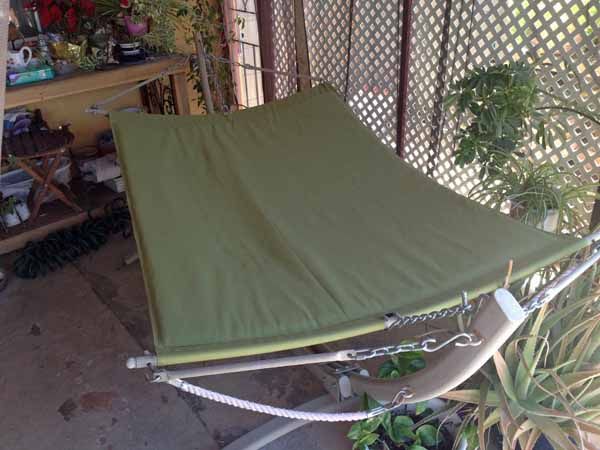rayra
Expedition Leader
That totally fits in, it's the elemental basis of what I'm doing. I'm just adding a bunch of extras and some flexibility, while trying to keep it relatively simple, cheap and compact.
I'll have to add some pics of the cheap blue tarp I added grommets to. I added a few additional grommets in a pattern about 18" inboard from the edges so I could set the poles a bit inboard and have the edges hang down that distance to add some shade against low sun while keeping the ceiling height underneath the tarp.
I suppose another set of optional add-ons could be a couple wall panels. Suspend them from the pole tops and fold the bottom half up you have afternoon sun shade, flop them all the way down and have privacy or wind block. Put two on the sides of a corner for more privacy or wind block. Add three and make a room adjacent to the vehicle or encompassing the back.
By sizing the tarps appropriately and adding grommets on 2' intervals, various pieces can be readily 'sewn' together on the their edges. either with individual ties or lacing cordage thru the edge as I described earlier.
Another tarp tip from my home renovation / painting years - I've been marking my tarps with a black sharpie at their corners. A small angle diagram describing that corner, with a dimension size of each side annotated on each leg of that angle. Mark all four corners. I can look at any corner of a folded tarp and know its dimensions and get it laid out the way I want quicker.
I'll have to add some pics of the cheap blue tarp I added grommets to. I added a few additional grommets in a pattern about 18" inboard from the edges so I could set the poles a bit inboard and have the edges hang down that distance to add some shade against low sun while keeping the ceiling height underneath the tarp.
I suppose another set of optional add-ons could be a couple wall panels. Suspend them from the pole tops and fold the bottom half up you have afternoon sun shade, flop them all the way down and have privacy or wind block. Put two on the sides of a corner for more privacy or wind block. Add three and make a room adjacent to the vehicle or encompassing the back.
By sizing the tarps appropriately and adding grommets on 2' intervals, various pieces can be readily 'sewn' together on the their edges. either with individual ties or lacing cordage thru the edge as I described earlier.
Another tarp tip from my home renovation / painting years - I've been marking my tarps with a black sharpie at their corners. A small angle diagram describing that corner, with a dimension size of each side annotated on each leg of that angle. Mark all four corners. I can look at any corner of a folded tarp and know its dimensions and get it laid out the way I want quicker.
Last edited:







